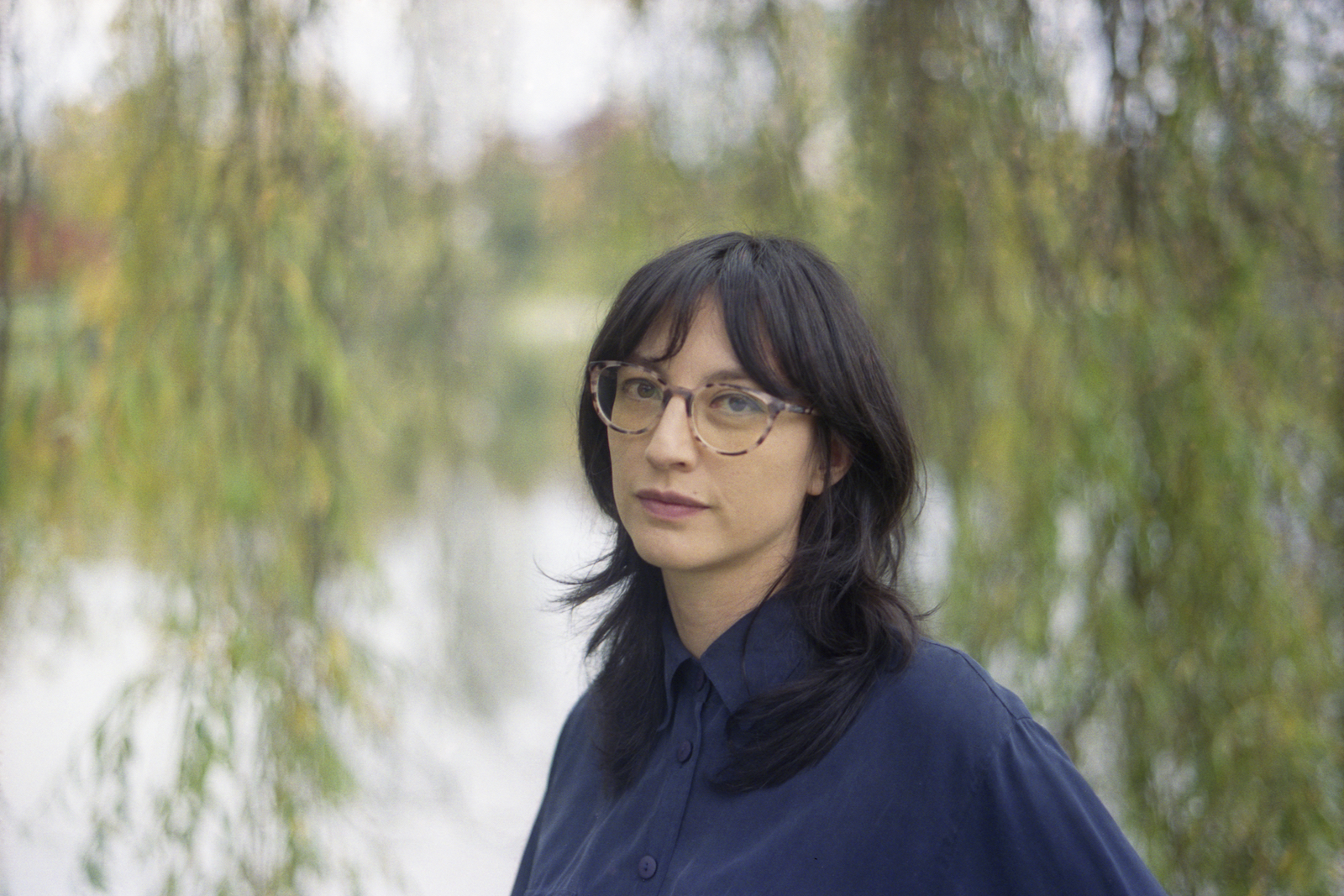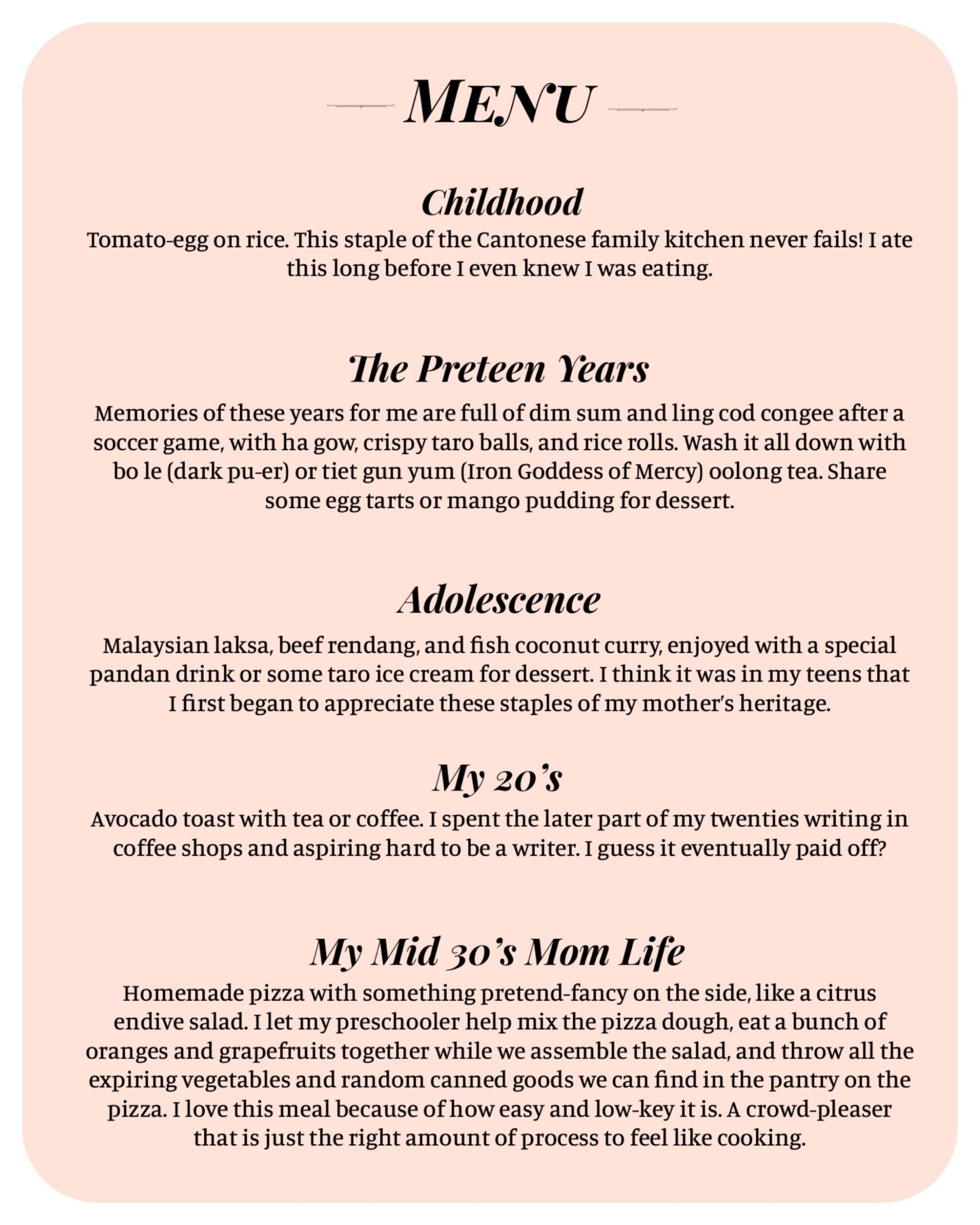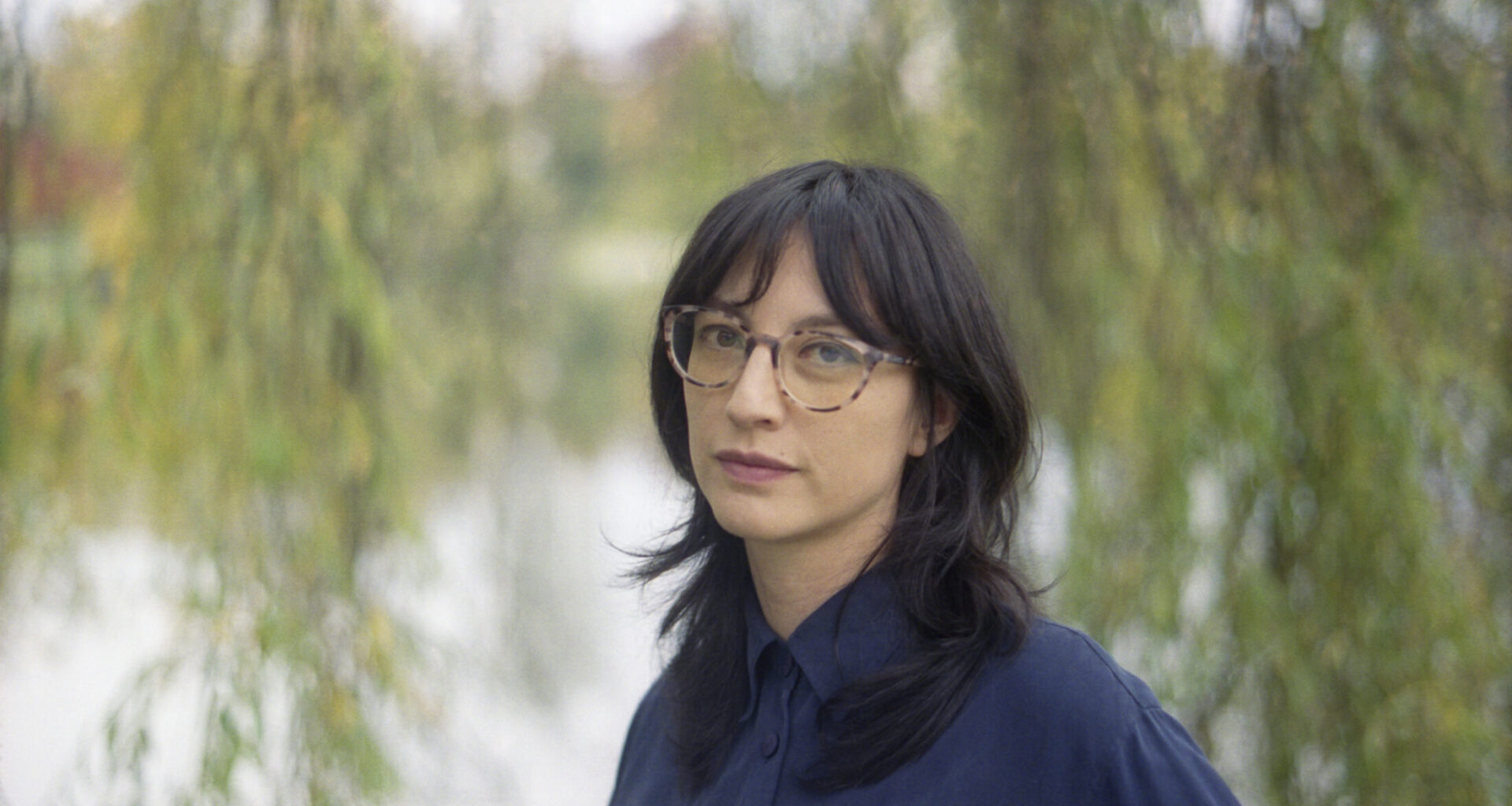 Photo of Jacquelyn Zong-Li Ross by Maegan Hill-Carroll.
Photo of Jacquelyn Zong-Li Ross by Maegan Hill-Carroll.
Possibly one of the most intriguing and riddle-esque titles to come out recently, The Longest Way to Eat a Melon (Sarabande Books) is the debut collection of short works of unconventional fiction from local author, Jacquelyn Zong-Li Ross.
In an attempt to demystify the work, and in anticipation of her participation in this year’s Vancouver Writers Fest, we recently pinned down Zong-Li Ross to chat about her process, aesthetic choices, and most reviled condiment – among other things. Tickets for the VWF ’73 Short Stories from Here’ event, featuring Zong-Li Ross, on Monday, October 25th are available here. And in the meantime, get better acquainted with Zong-Li Ross via our new in-depth interview below:
First of all, please introduce yourself to Scout readers by giving us the rundown: Who are you? What is your background? And how are you currently spending your time?
I’m a writer, editor, and arts worker of mixed Chinese and European settler background living and working on unceded Musqueam, Squamish, and Tsleil-Waututh lands. I grew up in this area colonially known as Vancouver and have lived most of my life here. I wish I could say something like “I read X number of books each week” or “I write every day,” but the reality is I spend a lot of my time just doing basic life things like eating or cleaning or working, plus swirling around in the loving vortex that is caring for two young children.
On the surface, The Longest Way to Eat a Melon is quite cloying — it’s got a super twee cover (courtesy of the painting “Kittens and snail” by Alfred Brunel de Neuville) and an equally whimsical, albeit incongruous name. I’d be lying if I didn’t admit that I was sold on it “at first sight” and dived in blindly, without knowing anything about you, your writing, or your publisher… After reading it from cover-to-cover, though, I appreciate that there is plenty of quirkiness, absurdity, and incongruity contained within the book as well. Its contents can also be quite challenging and experimental in form and concept. How involved were you in the selection/design process of the cover? What do you think makes a “successful” cover?
I love book covers and was so flattered when my publisher reached out to Emily Mahon to design mine. Emily’s covers are iconic (I mean, who wouldn’t be seduced by that epic Nightbitch cover?) — it’s a real thrill to be in the company of so many titles I love and recognize. Do I mind being part of an Ottessa Moshfegh cover trend that has been described as “more city than suburb, more pét-nat than chardonnay”? It feels accurate!

I think I gasped a little bit when Emily put forward her cover design for my book — the way she seemed to manifest its spirit out of thin air. I mean, there are kittens and a snail that grace the inner pages of this collection, but they’re minor characters, ones easily missed if you’re not paying attention. The fact that Emily not only picked up on these appearances but thought to pluck them out of hiding and stage them together in a single image… is pure magic. There’s a mischievousness there, a sense of challenge, an ambiguity between combat and play. These are qualities that are there in the writing, I now realize, but couldn’t have named them before. This is the power of a book cover.
Correct me if I’m wrong, but I get the impression that writing, for you, is as much a process of experimentation as it is storytelling. Can you elaborate more on your writing process and practice, in general, for me? Besides being given a prompt, or invited into a project, what sparks an idea for you? What’s your day-to-day writing routine like?
For me writing is an energetic exercise; a form of material and intellectual play. I’ve never been so interested in storytelling as I am in messing around with language and the way narrative shapes are constructed. The idea of “story” is deeply mysterious to me, but sentences tend to make a lot more sense. They’re concrete. They have beats and rhythms. They follow certain linguistic rules (or they don’t). I figure once I’ve got a couple of sentences working, pretty soon I’ll have a paragraph, and then whatever I’m doing can be called “prose”…
Still, I don’t mean to suggest that writing comes easily to me or is without real questions or stakes. Truthfully, it’s quite the opposite — I’m one of those writers that “writes” so hard and so existentially that they frequently arrive at the end with nothing to show for it at all. There are lots of little inside jokes in this collection that nod to this part of my process. My struggles with/against the blank page are one of the reasons I’m so interested in reflecting on the creative process as it collides with the humours and impossibilities of daily life.
Often my pieces begin with a couple of words or a line, something I dreamed up or overheard or found and which then becomes the title of a piece. I write down notes and devise many of my first drafts by hand to capture the associative thinking, then transcribe it all onto a computer and begin the lengthy process of revision. Eventually, all of my texts devolve into collage — physical cutting and pasting — before being taped and glued and stapled back together again (sometimes even in the same order as they began). I don’t know why I do this, except that it has something to do with figuring out that perfect (to me) balance of wholeness and fragmentation.
Related to the last question: you seem to like utilizing the list format. As a reader, I really appreciated this, because I felt it gave me some needed breathing space… and actually one of my favourite pieces in The Longest Way to Eat a Melon is “Twenty-Three Versions of Disaster.” Are you a list-writer in your personal life? What’s the last list you wrote?
I guess I am a bit of a list writer — I think it’s a strategy I intuitively developed to ward off anxiety. I write lists at night to remember things I have to do the next day, the next week, the next month, in order to release them from my mind and fall asleep. I also write lists of books I’ve read and liked. In my writing practice, I’ve taken to writing many other kinds of lists, inventorying hypothetical questions, disasters, and scenarios in an attempt to flush different thoughts from my nervous system and arrive at some kind of procedural clarity. My most recent is a list of all the broken or flawed things in my house that need fixing. This is too revealing!
I know that this might be an unfair ask, but if you can humour me by selecting a single piece included in your new book as your “favourite,” what is it and why?
“A Brief History of Feeling” is a piece that was an immediate favourite for the ways it condenses everything I’m most fascinated with: things like rhythm, accumulation, introspection, time travel. “Brain, No Brain” is personal favourite for the ways it addresses and calls to account a secret self.
“I know this book may not be for everyone. I also think difficulty is just part of encountering art. The effort to receive the work, then, for me mirrors the effort it has taken to make it. A kind of gift or exchange.”
Most of the pieces included in this book have previously been published elsewhere, or else were written in response to something or as a collaboration/part of a larger project. I’m curious about your decision to include them in this compilation. Out of their original context, were you concerned that they were missing something? Did you have to make any adjustments in order to make them stand on their own?
While it’s true that I was collecting these works for years and previously published early drafts of some of them in other forms, I think I always had a fairly clear idea of what they needed to be and do separately and together in order to form a book. I decided many years ago on the brink of burnout that any commissioned texts I took on would need to be relevant to the larger questions at the core of my practice, so that nothing could be treated like mere “homework”: randomly or in isolation.
So, invitations from friends and other writers and artists to contribute to various projects in the community became more like deadlined occasions for me to finally write or finish that new piece that just might offer something towards the book I thought I was slowly assembling. Sometimes these pieces made the cut, and many other times they didn’t. Once the cornerstones of the book were in place, I also wrote a lot of new pieces in and around them. I think this is a pretty common way to go about the shaping of short story collections.
I admit that I found several of the pieces included in your book to be quite difficult (not in a bad way!) — either form-wise or else in attempting to parse out their meaning(s). My feelings were validated/relieved somewhat when I read the final paragraph in your Acknowledgements section: “This work of writing is not for the faint of heart. This book is dedicated to all the writers’ writers who know why they are writing but realize it in their own time.” Can you elaborate on that for me?
I know this book may not be for everyone. I also think difficulty is just part of encountering art. The effort to receive the work, then, for me mirrors the effort it has taken to make it. A kind of gift or exchange. In my dedication, I wanted to speak to the actual labour of writing: the solitary and often lonely work of pressing forward with the creation of something one believes in, often by sheer grit. This project was a long time in the making. I feel such gratitude and relief that it’s finally here.
In addition to being a fiction writer, you’re also the Art Editor for The Capilano Review and a regular contributor of art criticism — how does being an editor and critic help your personal writing process? How does it hinder it?
I’ve always tried to follow my instincts when it comes to jobs and career prospects, piecing together work that is led by my values and curiosities. Being an editor and a critic has helped to sharpen my analytical and problem-solving skills, while also allowing me to work at something that keeps me in direct dialogue with community, even when I’m not writing.
On your Instagram profile you describe yourself as a “Writer of nuisance.” Who are you and your writing agitating, and how? I know, for instance, that you’ve been actively protesting against the Giller Prize and its relationship with corporations that support the Palestinian genocide; as well, you’ve been a writing mentor to Asian youth through Centre A’s program for emerging writers…
Writing for me is not just an aesthetic or intellectual project. So while I may deal in the elliptical or absurd, much of the satire at play in my work also orbits around the privileged role of the artist in society and the fundamental question of art’s efficacy to impart change. Art models critical thought, after all. For me, writing will always be embedded in communities of thinking and imagining outside the status quo.
Building a menu can also be viewed as a kind of “storytelling.” With that in mind, please describe to me your life in courses.

Finally, and speaking of food: this is kind of a throwaway question but I can’t ignore the mention of condiments in the description of your 2016 chapbook, Mayonnaise. What condiment can’t you live without?
The truth is I’ve always disliked mayonnaise, which was kind of the point of that chapbook. My preferred condiment of choice: toasted seaweed and sesame topping.
Jacquelyn Zong-Li Ross’ debut collection of short fiction, The Longest Way to Eat a Melon is available directly from Sarabande Books here; as well a from such local independent bookstores as Massy Books, Iron Dog Books, and Upstart & Crow (special order only). And don’t forget to snag your tickets ($27) for Zong-Li Ross’ Vancouver Writers Fest event, ’73 Short Stories from Here’, at the Revue Stage on Saturday, October 25th at 5pm.

